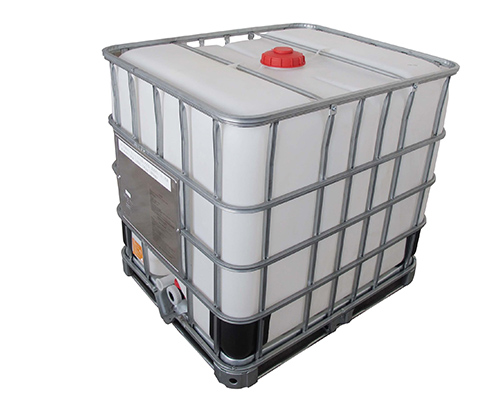Yingkou Hengyang New Energy Chemical Co., Ltd.
Address: Xianren Island Energy and Chemical Zone, Yingkou City, Liaoning Province, via the west side of the Fourth Road
Zip code:115200
Telephone:18241754999
Fax:0417-6775999
E-mail:1313264@qq.com
Website:en.yingkouhengyang.com
Dimethyl carbonate (DMC) is an important organic chemical intermediate, widely used in carbonylation, methylation, methoxylation, carbonyl methylation and other organic synthesis reactions, used in the production of polycarbonate, isocyanate, polyurethane, polycarbonate diol, allyl diethylene glycol carbonate, methylaminocarbonate naphthalene (carbamate), etc. Anisole, ammonium tetramethyl alcohol, long-chain alkyl carbonate, carbohydrazide, malonate, propylene urea, diethyl carbonate, triphosgene, furazolidone, methyl hydrazine formate, methyl aniline formate and other chemical products.
The chemical name of ethylene carbonate esterification is 1,3-dioxacyclopentanone, also known as ethylene carbonate and ethylene glycol carbonate. Carbon ethyl ester (EC) is an excellent high boiling point solvent with polarity. Surfactant raw material Sichuan and organic synthesis intermediates have been developed abroad to synthesize furazolidone and dimethyl carbonate (DMC) from EC. Ethylene glycol (EG) functional polymers and modification of polymers are widely used in organic synthesis, and they are potential green basic raw materials for organic chemical industry. Vinyl carbonate can synthesize a variety of fine chemicals through transesterification reaction, which can be used in plastics, printing and dyeing, polymer synthesis, gas separation and electrochemistry, etc. The market potential is huge. Especially in recent years, the emergence and application of new synthetic process of vinyl carbonate have made vinyl carbonate cheaper and easier to obtain, which is no longer completely restricted by raw materials. At the same time, aliphatic polycarbonate and its copolymers containing carbonate monomers have begun to be used as biodegradable materials, which makes the research in this field more attention to its derivatives. Development has more practical value. Polycarbonate polyols formed by transesterification and ring-opening polymerization can synthesize surfactants or react with isocyanate to form polyurethane materials. Therefore, it is of great significance to study the synthesis methods of vinyl carbonate and its derivatives and develop green solid catalysts to improve the output and quality of the follow-up products of vinyl carbonate.

Methyl ethyl carbonate belongs to dangerous goods. Danger mark: R10 is flammable.
Ethyl Methyl Carbonate (Ethyl Methyl Carbonate), alias Ethyl Carbonate, is a colorless transparent liquid, insoluble in water, and can be used in organic synthesis. It is an excellent solvent for lithium ion battery electrolyte. Methyl ethyl carbonate should be stored in a cool, ventilated, dry place and transported in accordance with the provisions of flammable chemicals.
Because DMC is non-toxic, it can be used as methylating agent or carbonylation agent instead of phosgene and dimethyl sulfate, so as to improve the safety of production operation and reduce environmental pollution. As a solvent, DMC can replace Freon, trichloroethane, trichloroethylene, benzene and xylene for paint, cleaning solvent and so on. As a gasoline additive, DMC can be used as a clean solvent. In addition, DMC can be used as an additive of detergent, surfactant and softener.
2.2 The chemical properties and applications of vinyl carbonate depend on the structure of E C, the nucleophilicity of reagents and the reaction temperature. There are two ways for nucleophilic reagents to attack the carbon atoms of E C: (a) to attack the carbon atoms of alkenes, resulting in the breaking of the alkoxy bond, and to release the carbon dioxide (b) to attack the carbon atoms of carbonyls, resulting in the breaking of the acyl-oxygen bond. A variety of chemical reactions produce a variety of compounds.